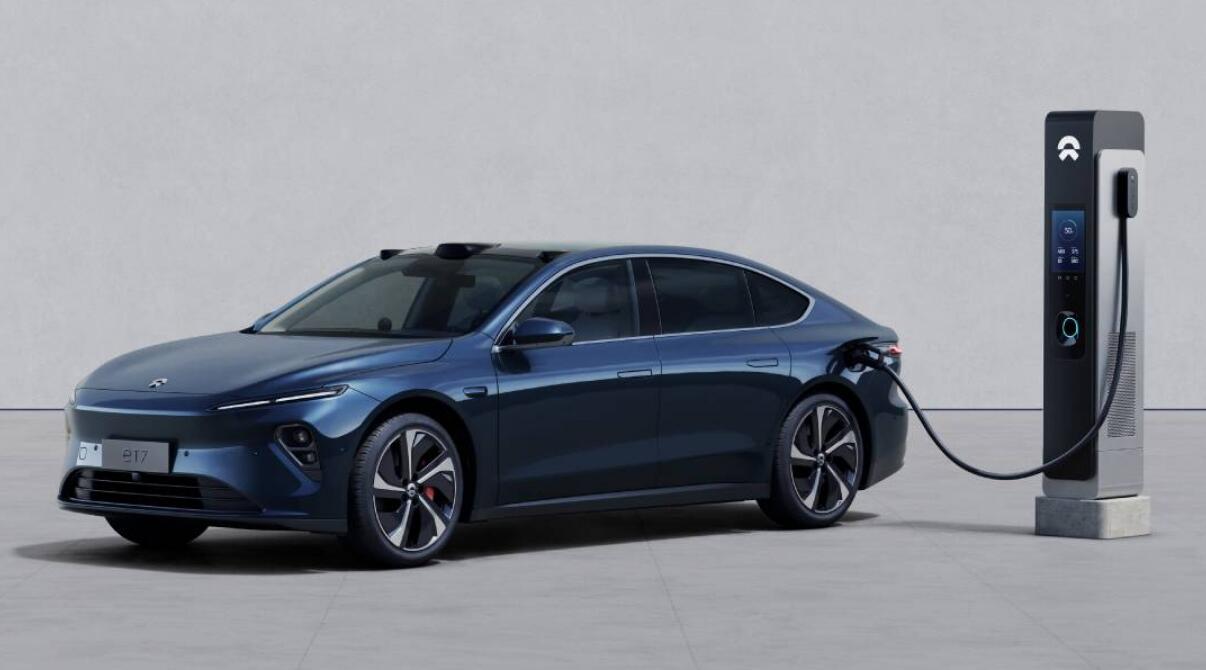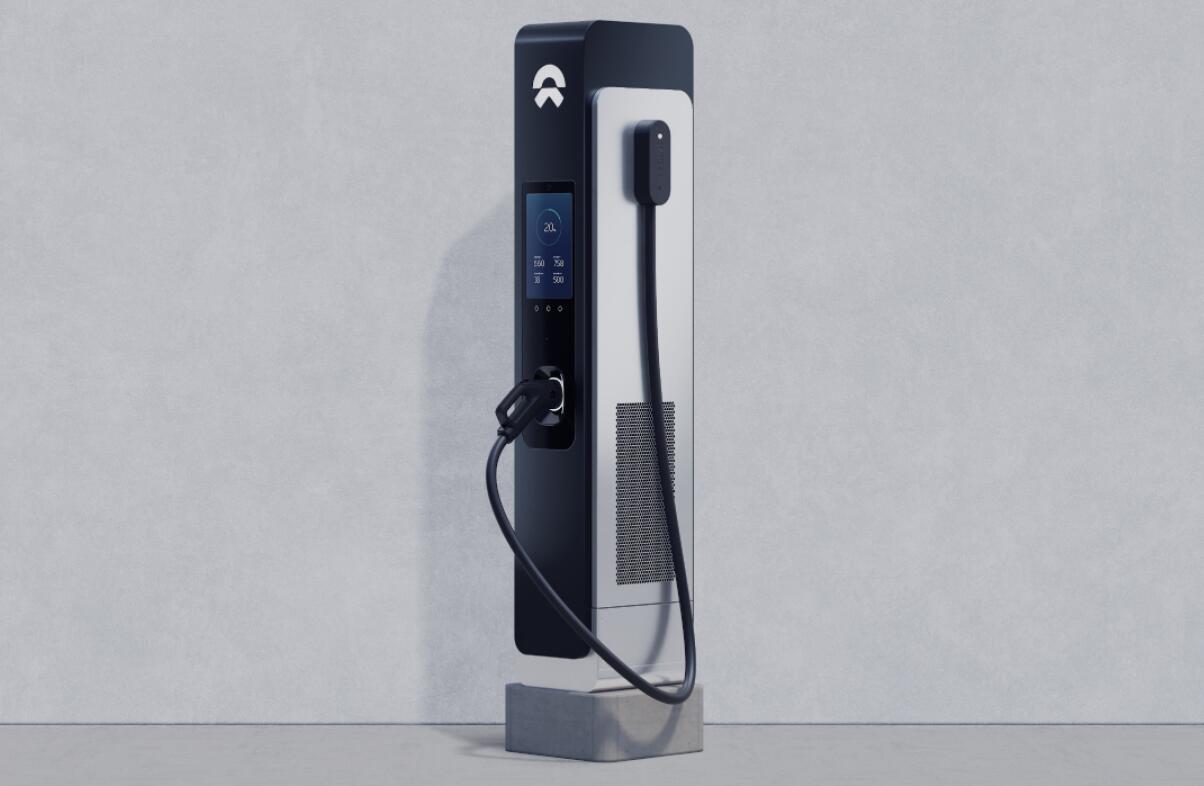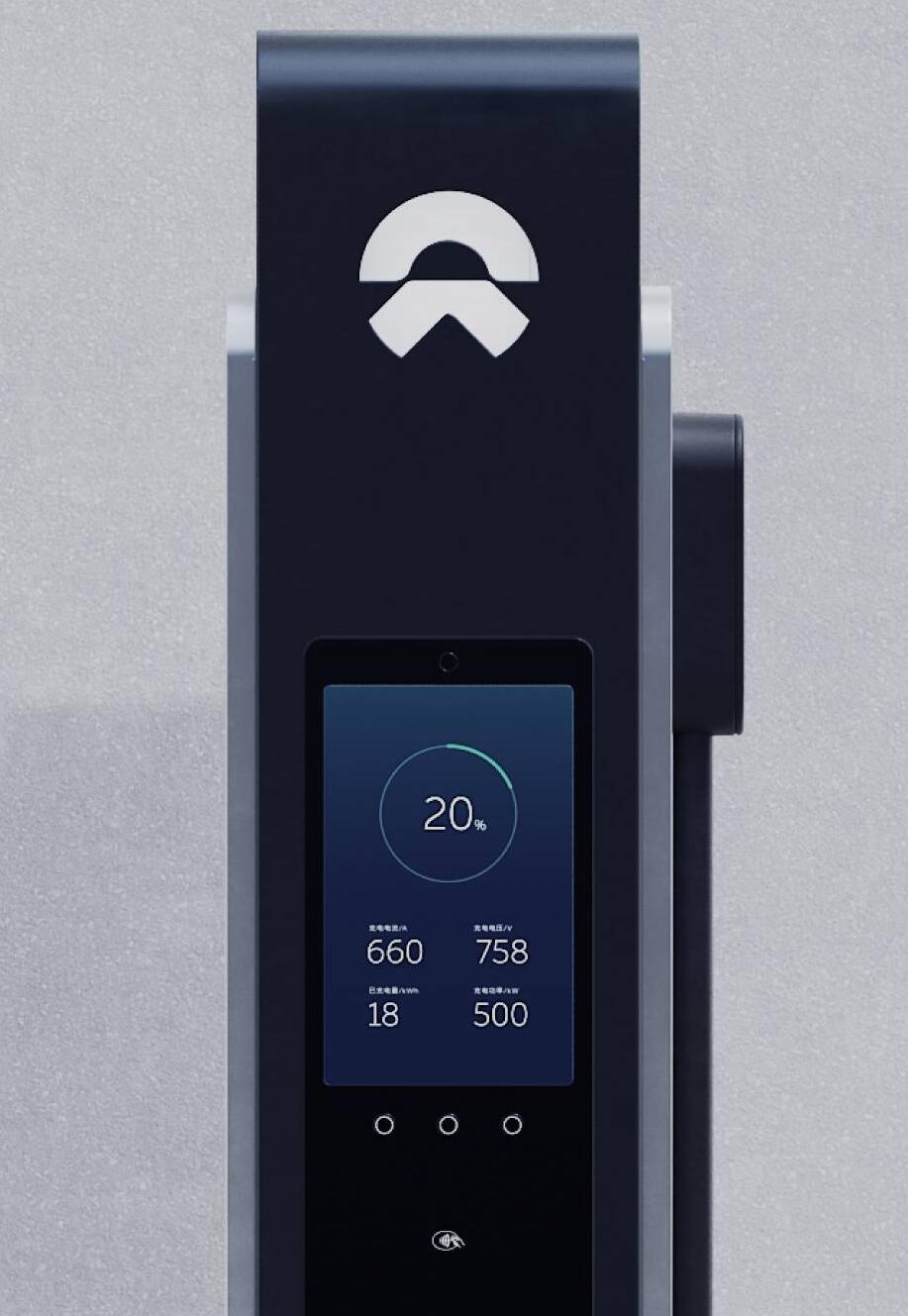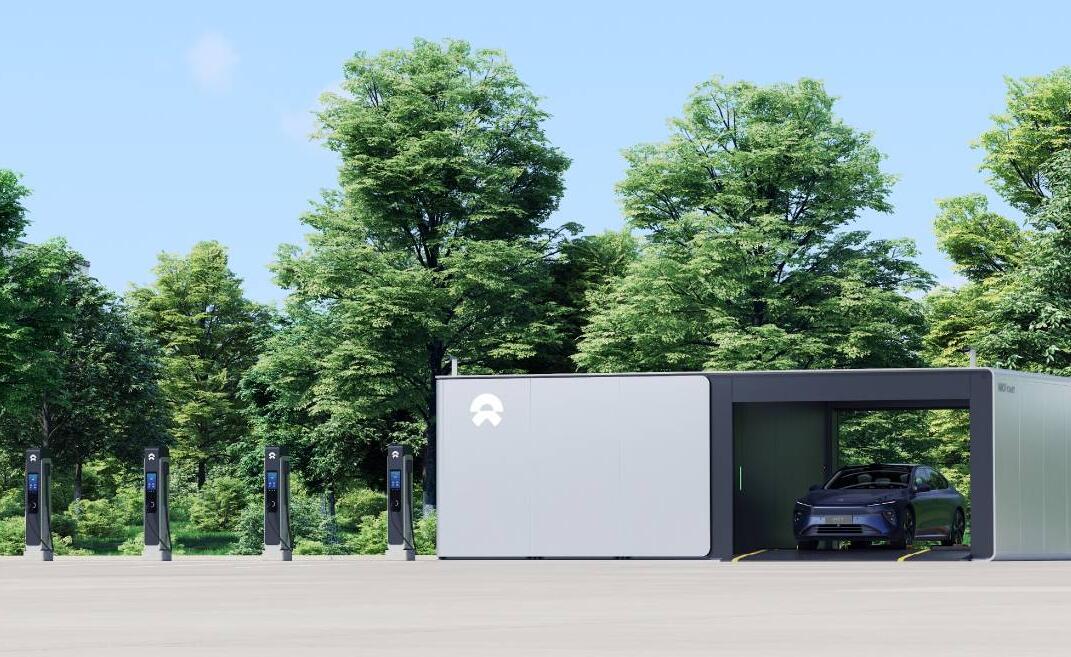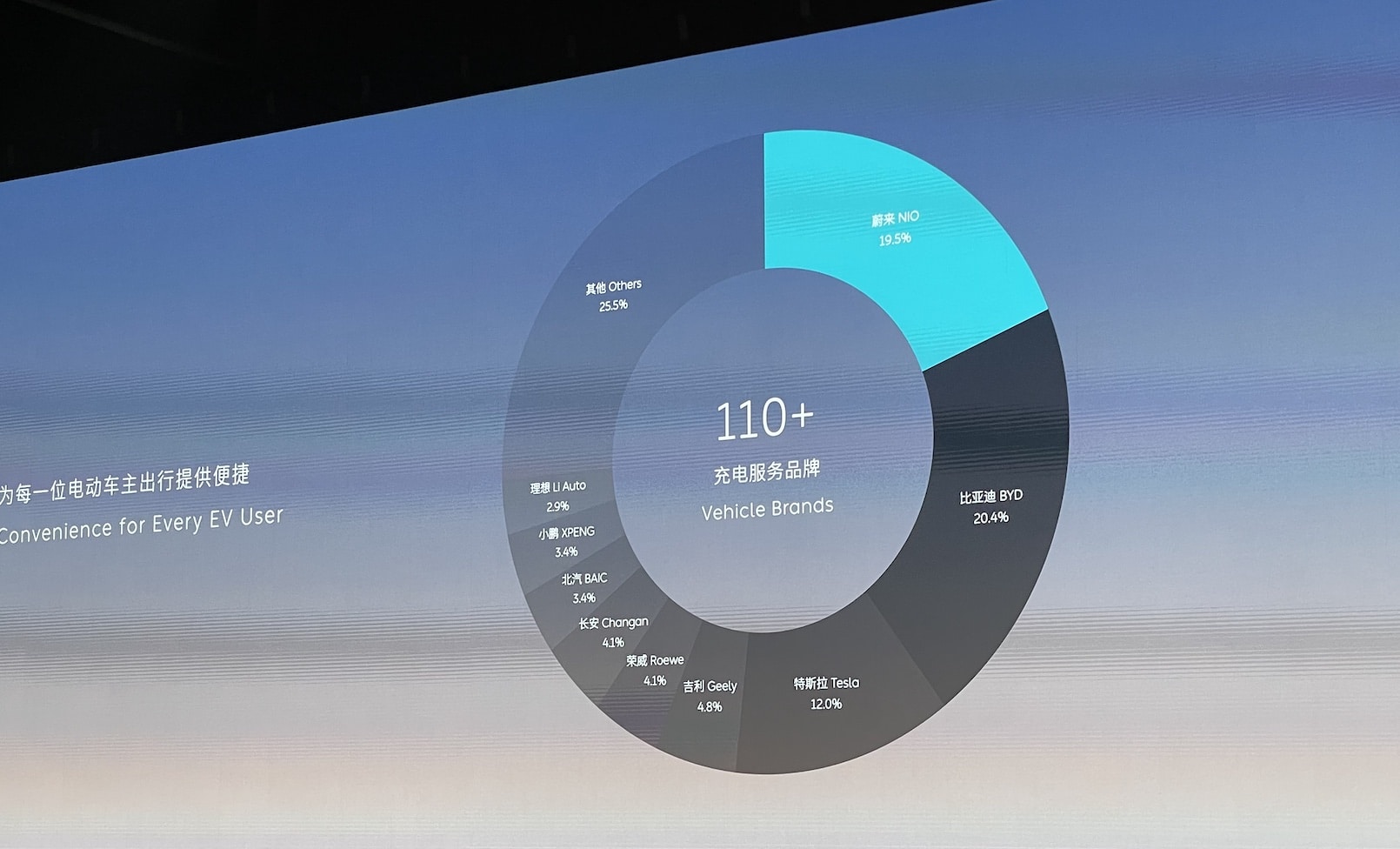Nio unveiled a new charging pile with up to 500 kW of power that will make charging electric vehicles faster, especially for other brands.
In addition to building its signature battery swap stations, Nio unveiled at Nio Day 2022 on December 24 a charging pile with up to 500 kW of power that will make charging electric vehicles faster, especially for other brands.
The ultra-fast charging pile is open to all brands of electric vehicles and is capable of delivering a maximum charging current of 660 A, Nio said.
If the vehicle is built on the 800 V platform, it can charge from 10 percent to 80 percent in as little as 12 minutes. For 400 V models, that time is 20 minutes.
Nio has equipped the ultra-fast charger with a 15.6-inch display and the company's own liquid-cooling technology, which allows the weight of the cable to be significantly reduced so that users can easily operate it with one hand.
Like Nio's third-generation battery swap stations, the 500-kW ultra-fast charger will be in service by March 2023.
Nio's charger appears to be the one with the highest charging power announced by a Chinese electric vehicle company, after its local counterpart Xpeng launched one with a maximum power of 480 kW earlier this year.
On August 15, Xpeng showed off its S4 Supercharger technology, which claims a maximum current of 670 A and a maximum power of 480 kW, enabling the Xpeng G9 that supports 4C charging to get a range of more than 200 kilometers in as little as five minutes and from 10 percent to 80 percent in as little as 15 minutes.
At yesterday's launch event, William Li, founder, chairman and CEO of Nio, said that Nio's charging network is open to all brands of vehicles and 80.5 percent of the power provided is used by more than 110 other brands of vehicles.
Nio vehicles use 19.5 percent of its charging network's power, BYD vehicles use 20.4 percent, Tesla 12 percent, Xpeng 3.4 percent and Li Auto 2.9 percent.
Nio currently has 1,284 battery swap stations in China, and 2,239 charging stations providing 13,083 charging piles, which include both fast charging piles and slower charging destination piles.

